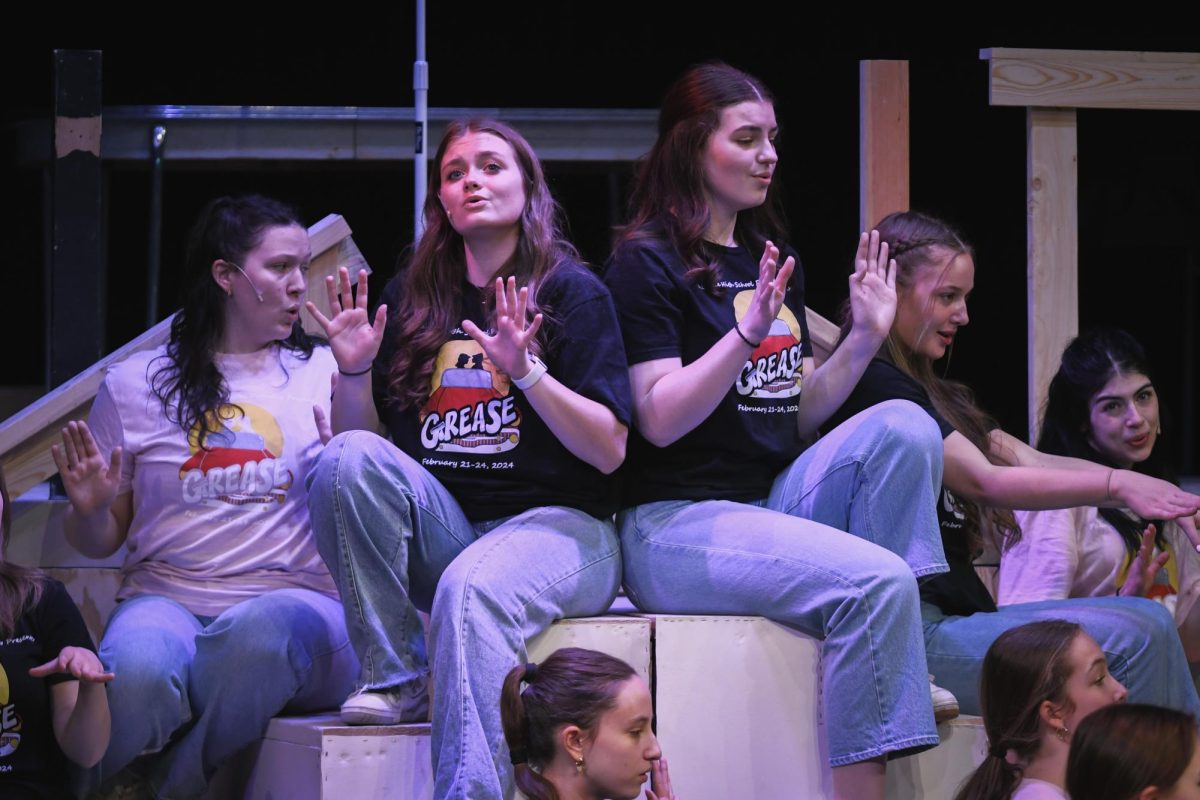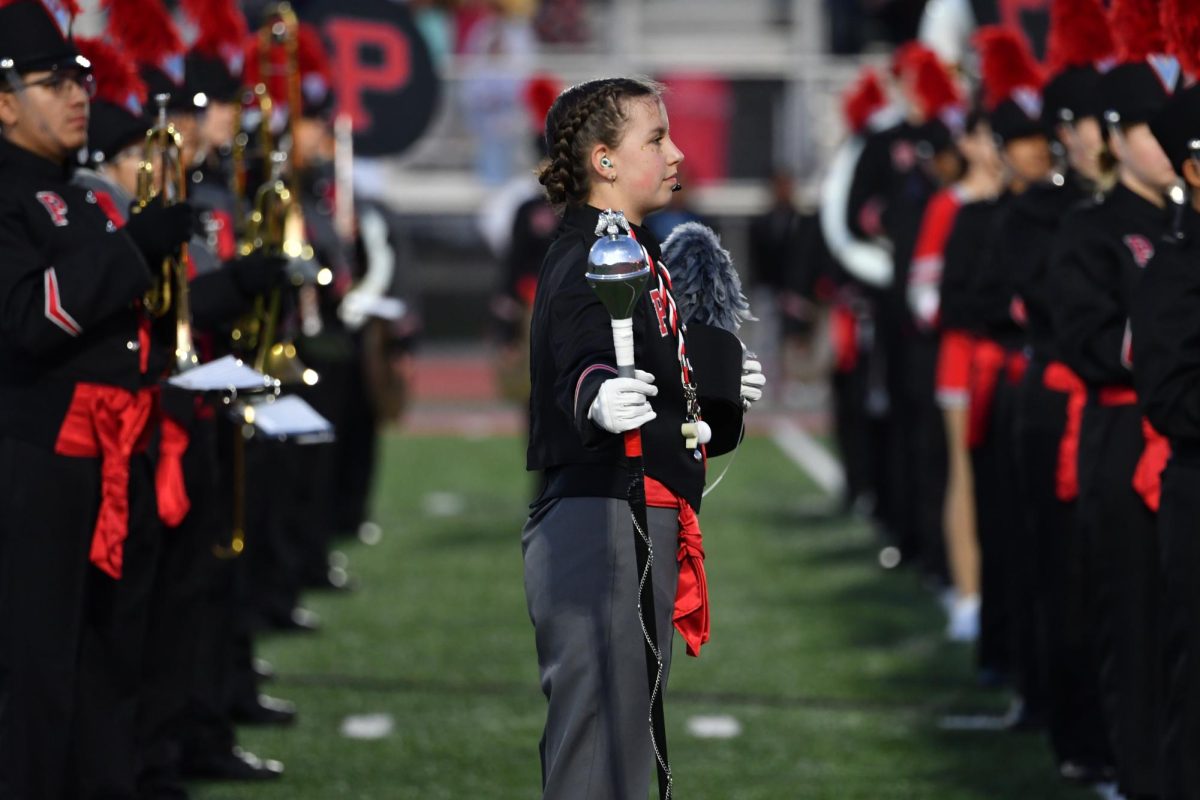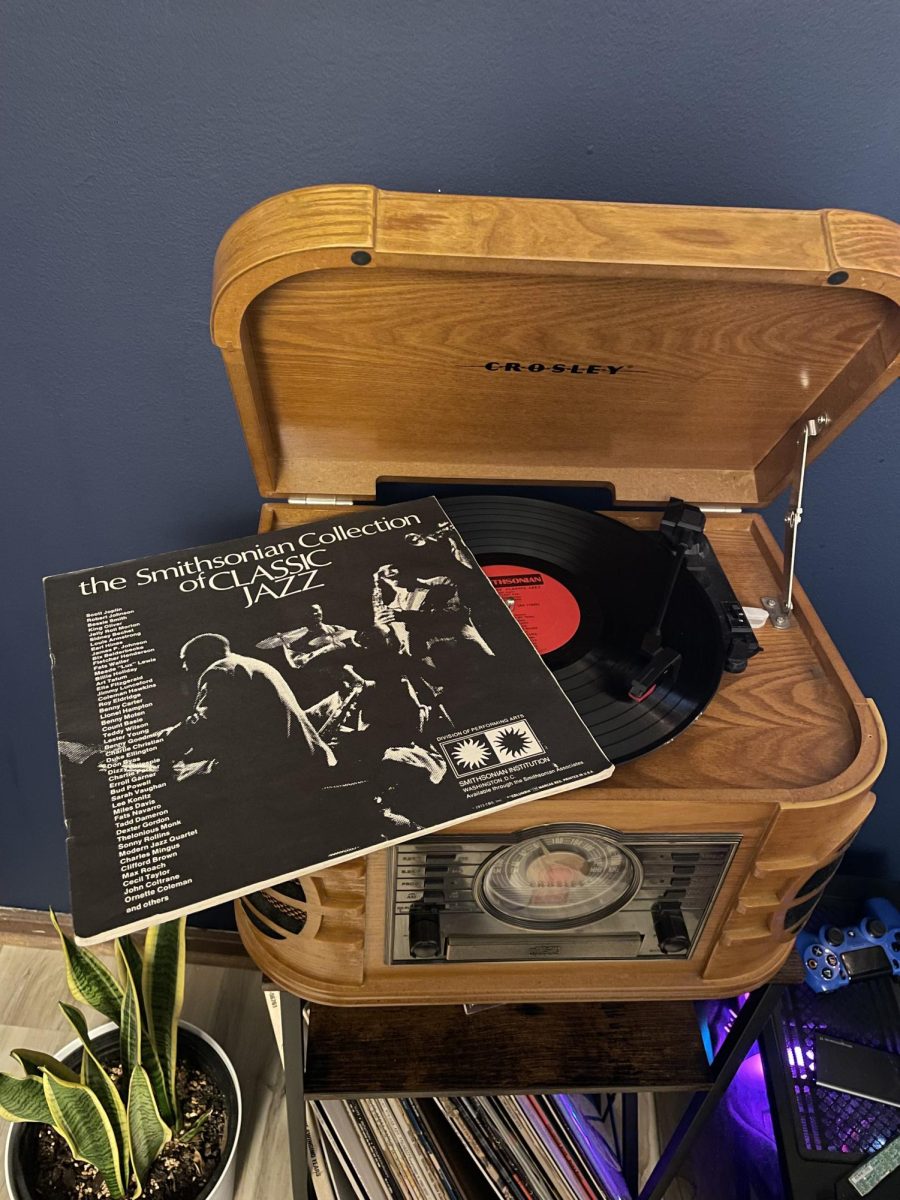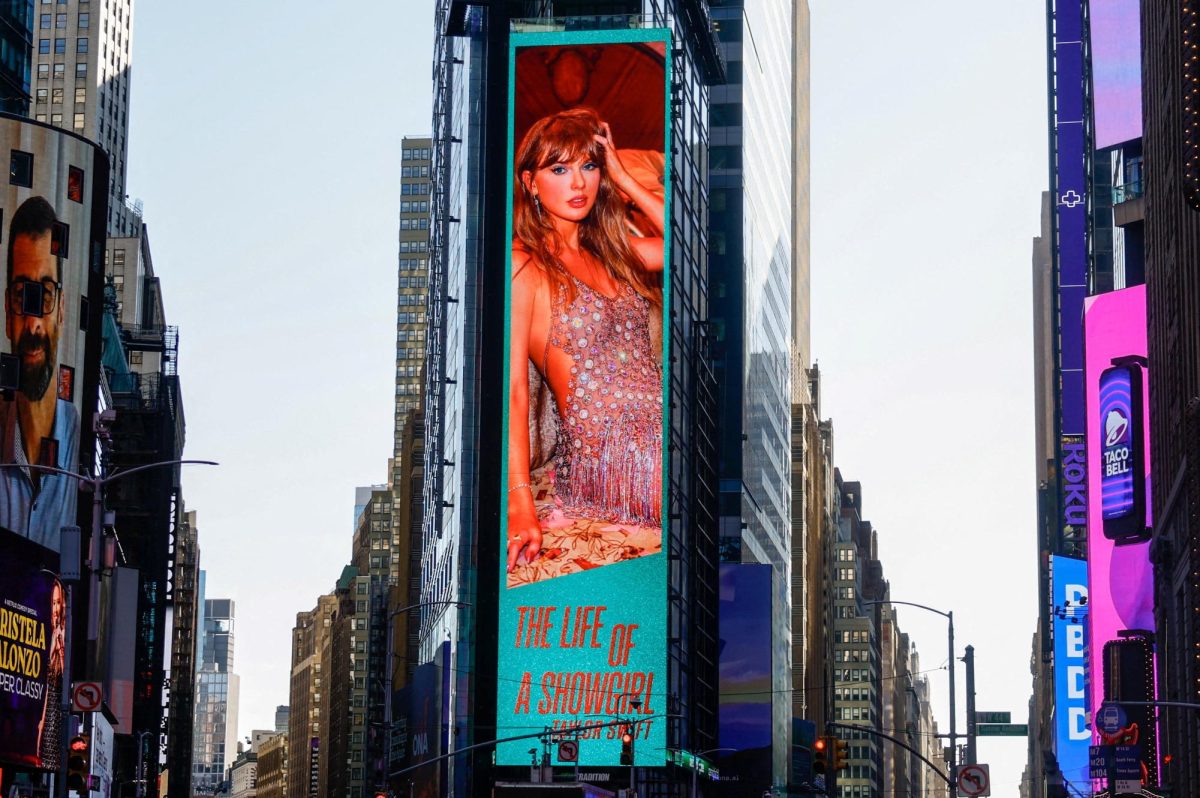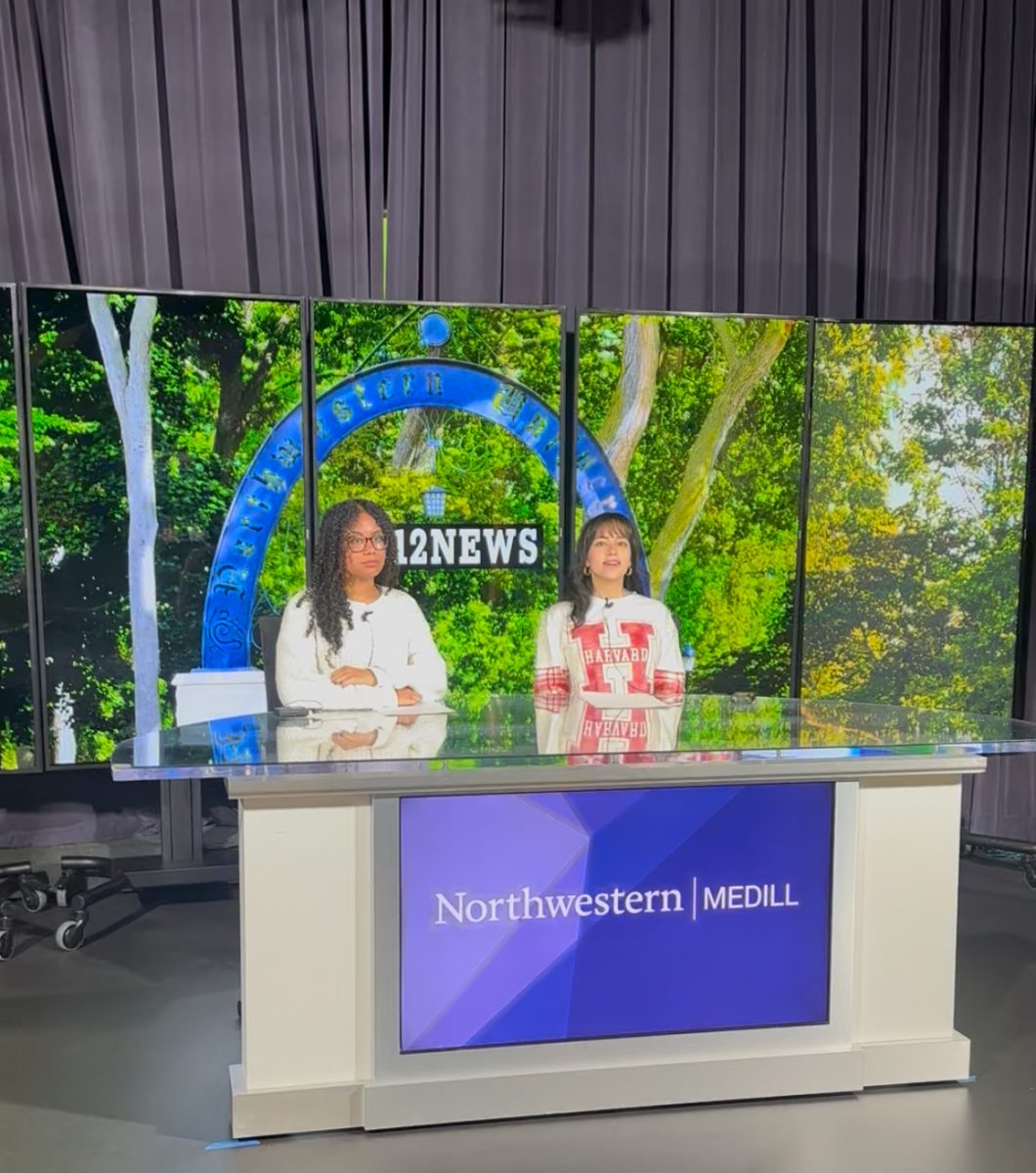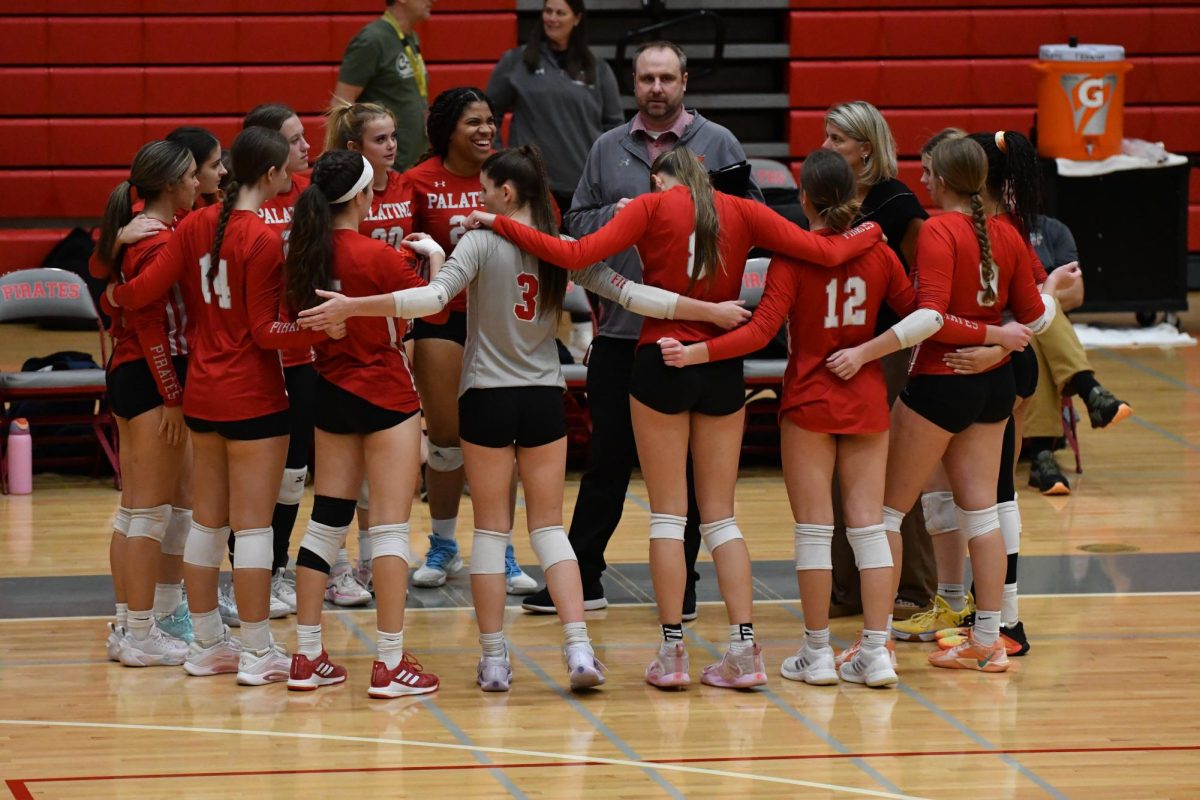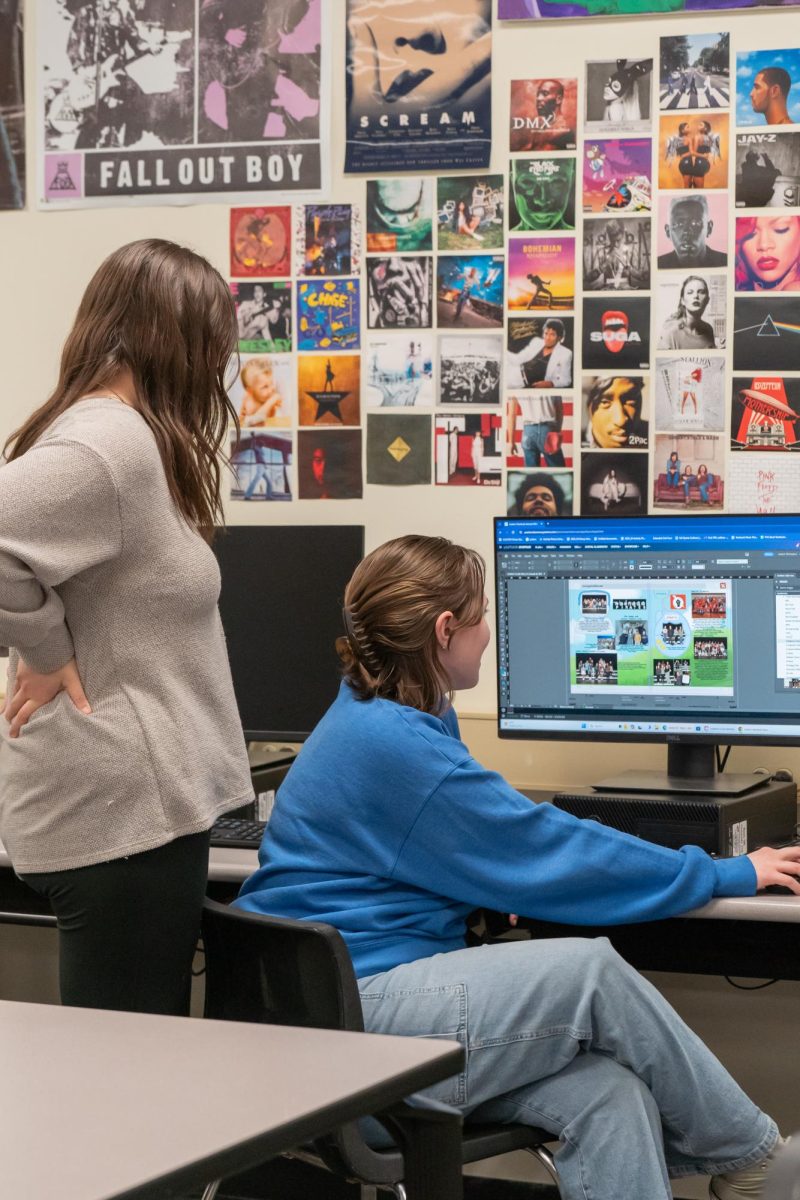As a student at Palatine High School, I believe the best way to have a fulfilling experience before taking the next steps after high school is to get involved in activities that you feel passionate about. I’ve always pushed myself by participating in softball, speech and acting team, orchestra, a cappella and multiple theatrical productions, all while taking many AP classes. I, like many of my peers, do these things for a number of reasons, but primarily to receive a sense of fulfillment. However, any individual’s time can only be stretched so far, and at the end of the day, many students find themselves retreating back to the questions “what will look the best for college admissions?” or “how can I be as successful as possible?” which often means that fine arts activities like music and theater take a place on the back-burner, as academics become the main priority.
“The arts help us find our purpose, and help us connect to our humanity,” Palatine High School Music Department Chair Dung Pham said. “I feel like it’s much more difficult now, because there’s so many options for kids and so many AP and dual credit [classes], which are very enticing for them, because it helps them get a little bit ahead after high school.”
Although not every student who participates in the fine arts will go on to major and make a living through art, they are more likely to be successful in high school, college and beyond. Additionally, low income students with high arts participation are 5 times less likely to drop out than their low income peers who are not involved in arts.
Being a part of an ensemble for any part of the arts teaches students the crucial skills of working with other people to create something bigger than themselves. A symphony cannot be played by one person; a group effort of many different people with different skill sets working together is required to create a piece of art that has the power to move an audience.
“Everyone should participate in the arts because it gives you such a new perspective and way of thinking,” said senior, varsity athlete, singer and actress Kaitlyn Stoeckel.
It is clear that the impact that music and fine arts have on high schoolers is significant and much needed, however in our current day, we are seeing a decline in focus and support for these programs.
High school arts programs are not what they used to be, and it’s evident that schools just like Palatine are seeing the same decline in involvement.
An article published on the Ludlow High School news site informs about their own school’s decline in arts programs and the effect it’s had on their community, which is strikingly similar to what is being seen here at PHS.
“Certainly over the last five years, we’ve seen a huge drop in participation in drama club and in speech specifically,” said PHS speech team coach and drama club co-sponsor Emily Fazio. “Our schools don’t even have theaters. So in terms of what the community values, I think that that’s also just different here.”
But what exactly is happening that’s causing such a decline in student participation and schools keeping these programs alive? Unfortunately, the answer is not a simple or clear one. One cause was COVID-19, which did a thorough job at tanking involvement in just about every aspect of school activities. But if schools have already returned to pre-COVID normalcy, why are sports and other activities thriving, while programs like choir, drama club and speech are scrambling to recruit anyone at all?
According to a report by the Illinois Arts Alliance, over 40% of Illinois schools have reduced or eliminated arts programs in recent years due to budget cuts and shifting educational priorities.
Furthermore, popular culture and media have a reputation for portraying activities within the arts as unfavorable, as well as establishing stereotypes that suggest that students cannot participate in both athletics and fine arts.
Despite the adversity that the arts face in Palatine High School, there is still hope for the future. One example is Palatine’s mariachi class, which is just a few years old and is paving the way for more like it in our district.
The arts have proven again and again to be essential to learning and life and should be respected within schools. To recruit more effectively, the social stigma around arts needs to be eliminated so that students can be reached who otherwise wouldn’t know their own potential in the arts. Then to retain more arts students, a supportive environment of teachers and peers needs to be achieved. Everyone may not have the desire or means to participate in arts programs, but there are ways to ensure the stability of these beloved programs, like giving them more recognition school wide or simply buying a ticket to the next school production or concert.



